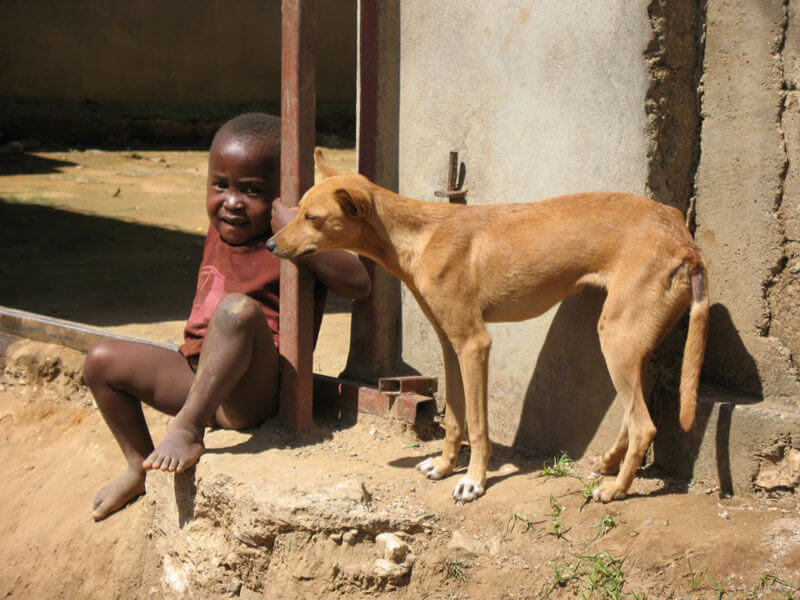Jessie L. DyerUS Centers for Diseases Control and Prevention
Jessie L. Dyer works with the US Centers for Disease Control and Prevention.
In this guest post, Jessie L. Dyer, MSPH, in the Centers for Disease Control and Prevention’s (CDC) Rabies Program, writes about the agency’s work with partners in Haiti to fight the disease. She focuses here on the implementation of a low-cost rabies diagnostic test that could make better use of scarce resources and save lives in this developing Caribbean nation. This is the third in a four-part series by experts from CDC’s National Center for Emerging and Zoonotic Infectious Diseases.
Often the shred of truth behind legends, rabies is an ancient disease that has inspired countless stories and cautionary tales throughout the world. The Caribbean island nation of Haiti is no different. Historical records warn of rabid man-eating dogs brought to the island by French colonist as early as 1791. Fast-forward more than 200 years, and you’ll find that rabies is now endemic in Haiti—meaning it is commonly found in dogs, mongooses, and possibly bats. Haiti also reports the highest number of suspected human rabies cases of all Latin American and Caribbean countries.

For the past 2 years, while working with the CDC’s Rabies Program in Haiti, I’ve heard many personal stories about “mad” dogs and learned first-hand about the large-scale collaborative effort that is needed to prevent and control rabies. Rabies is a terrifying disease, and once symptoms present, death is inevitable. Yet, most people do not know how to protect themselves. Without the appropriate post-exposure prophylaxis (PEP) after a suspected rabies exposure (usually a dog bite), rabies is almost always fatal.PEP consists of:
CDC is one of many partners collaborating with the Haitian government to develop and implement a One Health approach to rabies prevention and control—an approach that encourages physicians, veterinarians, community workers, laboratory professionals, and public health and agriculture officials to work together to prevent and control this horrifying disease. Because rabies is a zoonotic disease, a disease spread between animals and humans, partnerships between human and animal health agencies are vital for successful implementation. For example, we work with Haiti’s Ministry of Public Health and Population (for human rabies prevention) and the Ministry of Agriculture, Natural Resources, and Rural Development (for animal rabies prevention and laboratory diagnostics). Our goal is to cut the incidence of human and canine rabies cases in half by 2015. We know we cannot do it alone, and that it will require efforts in many different areas, including laboratory diagnostics, surveillance, and community outreach.
A crucial part of our efforts in Haiti is a push to expand laboratory capacity to quickly and accurately diagnose rabies. One promising new tool is the direct rapid immunohistochemistry test (DRIT), a low-cost test developed at CDC that can be used for initial diagnosis of rabies. The DRIT requires a light microscope, which is far less expensive than the fluorescence microscopes needed to perform the current world standard for rabies laboratory diagnoses—the direct fluorescent antibody test. Research has also shown that the DRIT has a higher specificity for the rabies virus than the test routinely used in Haiti—the Sellers staining method—which was developed in the 1920s and cannot confirm that the resulting stained inclusion is, for sure, the rabies virus (for example, it also stains inclusions caused by the canine distemper virus).
Another benefit of accurate diagnostics is that it will strengthen rabies surveillance, which is a critical component for the control and elimination of canine rabies in Haiti. Our hope is that one day, through improved laboratory diagnostics, enhanced surveillance, and growing partnerships, we will better understand the true impact of this tragic and deadly disease in Haiti. The enormous potential of the DRIT gives hope for rabies prevention and control programs in resource-scarce countries such as Haiti.